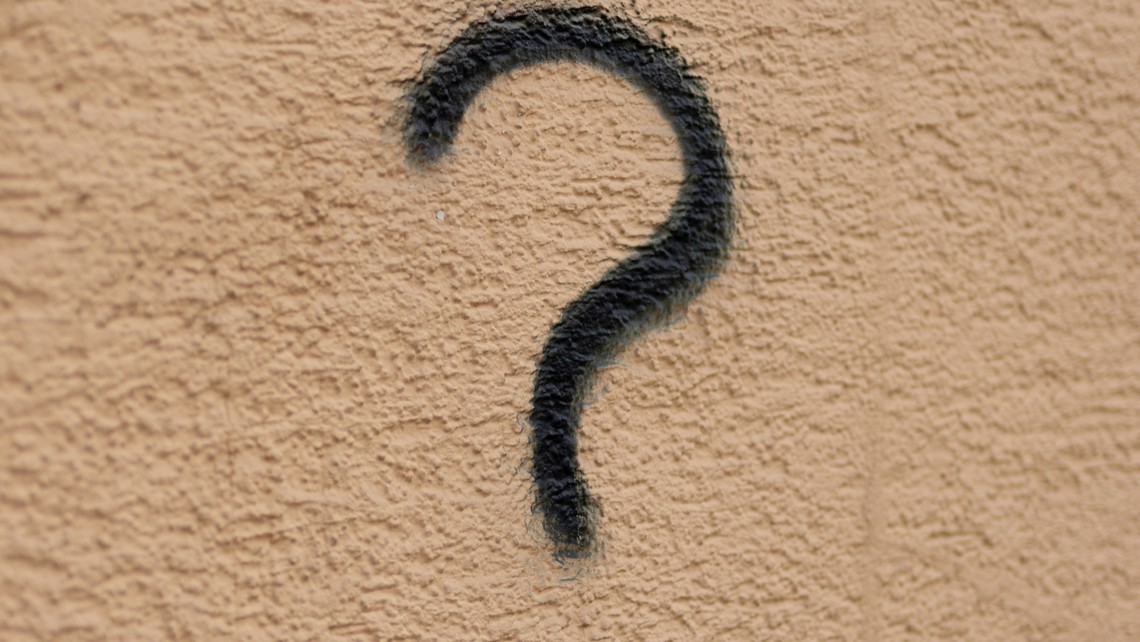
Within the walls and corridors of an academic institution that proposes to convey and reaffirm the teachings of the Catholic Church, prudence would dictate that the institution's teachers be consistent in their articulation and dissemination of the Catholic faith. Even more, it would be imperative that anyone charged with echoing the teachings of Jesus Christ be acutely aware of the responsibility to deliver a clear message of both the Gospel of Christ and its content, the Creed. Hence, any teacher would champion the importance of clarity and fidelity to the Christian message conveyed to students to avoid any spiritual or moral confusion.
However, what if the teacher lacked a clear understanding of the teachings of Jesus Christ? Or, the clear and organic concept of the deposit of faith, the process of how the teachings of Christ were delivered from Christ to the Apostles, through the foundation of the Church on earth, was either ignored or misinterpreted? These questions are not outside the realm of reality because they occur every day somewhere in the world.
The reality of this scenario came to fruition during a formation session for educators when one of the teachers, catechist if you will, matter of fact asked, “Why do we need to teach the topic of the Incarnation to our students? Isn’t the point to help the student have a friendship with Jesus?” Anyone with a basic knowledge of the faith would at least see the incoherence in this statement. It is not that the person was antagonistic against the Church’s teaching on the Incarnation; it was the fact that he had no relevant concept of its importance in the religious formation of students. This example should not surprise anyone involved in the teaching of religion because, as I stated earlier, it is more of a daily occurrence that one may either realize or readily admit. For all the current relevant resources, programs, and Catholic media outlets that focus on evangelization and catholic formation available to anyone, the scenario I just mentioned still occurs.
Considering this situation, it is important to understand that every human being was made in God’s image and likeness and possesses the dignity of a person who is not just something, but someone. The Catechism expands on this point by explaining that he is capable of self-knowledge, of self-possession, and of freely giving himself and entering communion with other persons. And he is called by grace to a covenant with his Creator, to offer him a response of faith and love that no other creature can give in his stead.[1]
The reality of the Catechism's teaching on the dignity of the human person should engage the Catholic educator to exercise religious coherence, which, within an educational setting, should be comprised of an interior conversion of faith in Jesus Christ, a coherent understanding of what the Church teaches, and a desire to live a life with Christ to the full. Again, I turn to the Catechism because it provides us with a profound explanation about the Church’s responsibility for the care of souls that is very coherent,
The Church, in Christ, is like a sacrament—a sign and instrument, that is, of communion with God and of unity among all men.” The Church’s first purpose is to be the sacrament of the inner union of men with God. Because men’s communion with one another is rooted in that union with God, the Church is also the sacrament of the unity of the human race. In her, this unity is already begun, since she gathers men “from every nation, from all tribes and peoples and tongues”; at the same time, the Church is the “sign and instrument” of the full realization of the unity yet to come.[2]
If the Church serves as the sign and instrument of the Catholic faith, then it cannot be transmitted incoherently. The detriment of religious incoherence becomes apparent when religious instruction does not make the distinction between virtue and vice, truth versus a lie, the creed of Jesus Christ versus the personal creed of man. Religious incoherence calls into question the necessity of the sacrament of confession, or that anyone, regardless of moral disposition, reserves the right to receive Jesus Christ in the Holy Eucharist. Even more, religious incoherence does not make the distinction between holy matrimony and, in the eyes of some, holy cohabitation.
In his letter to the Colossians, St. Paul speaks of religious incoherence from false teachers by reminding his disciples of the following,
See to it that no one makes a prey of you by philosophy and empty deceit, according to human tradition, according to the elemental spirits of the universe, and not according to Christ. For in him the whole fulness of deity dwells bodily, and you have come to fullness of life in him, who is the head of all rule and authority.[3]
Coherent instruction of the Catholic faith never keeps the student from seeing the light of the Gospel or the glory of Jesus Christ.[4] The identity of religious coherence is bound to the Trinity and confirmed in Jesus Christ. This is how the teacher strengthens religious coherence within the classroom by inviting everyone to actively engage in a joyful life with Jesus Christ, one that faithfully adheres to what Christ taught and left for the Church to continue. In conclusion, all of us are called to lead one another to the mystery of Christ that has been revealed through his life, death, and resurrection. St. Paul reminds us that Christ is the end law (Rom 10:4), He delivered us from evil (Gal 1:3-4), He is the Word made flesh (Gal 4:4), He is always, yesterday, today, and forever (Heb 13:8).






